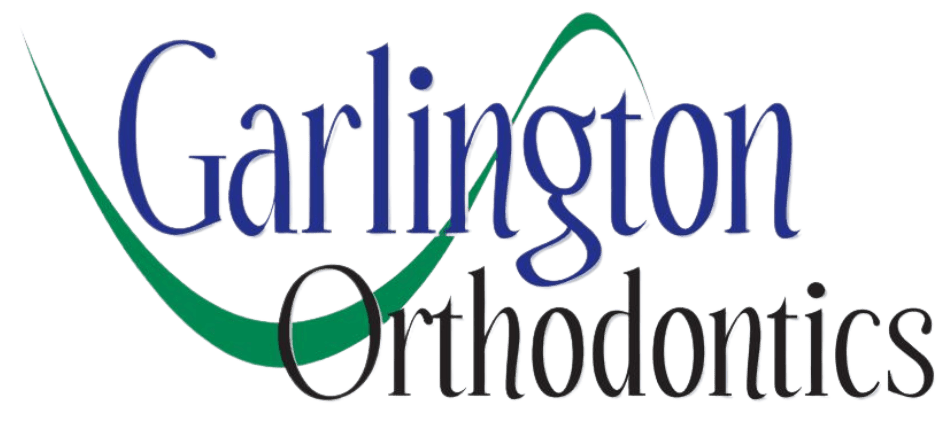At Garlington Orthodontics, we are a little different than your general dentist. While oral health care is always a priority, we practice orthodontics. Orthodontics is a specialized branch of dentistry that corrects teeth and jaw alignment. This field of dental care helps people achieve healthier mouths and more attractive smiles. With special dental appliances, we can improve the look and function of your smile. Our orthodontic services play a vital role in improving your oral health.
Orthodontics is a type of dentistry that deals with diagnosing, preventing, and treating dental and facial irregularities. The main goal of orthodontics is to straighten teeth, correct bite issues, and ensure that the jaw aligns properly. Orthodontists are the specialists who perform these treatments. They receive extra training beyond regular dental school to become experts in this field.

Common Orthodontic Problems
Patients can develop many kinds of orthodontic problems, and some can even have a combination of orthodontic issues. While they vary from person to person, it is necessary to solve each one.
Crowded Teeth: When there isn’t enough space in your mouth for all your teeth, they can overlap and become crowded. This can make it difficult to clean your teeth properly. Over time, you can develop tooth decay and gum disease due to trapped plaque and food particles.
Gapped Teeth: Sometimes, there are spaces between your teeth. This can happen when teeth are missing or when there is extra space in the mouth.
Overbite: An overbite occurs when the upper front teeth stick out too far over the lower front teeth. This can cause the lower teeth to bite into the roof of the mouth.
Underbite: An underbite happens when the lower teeth extend past the upper teeth. This can affect the appearance of your face and cause chewing and speaking problems.
Deep Bite: A deep bite is when the upper front teeth overlap too much over the lower front teeth. This can lead to problems like tooth wear, jaw pain, and difficulty biting or chewing food properly.
Open Bite: An open bite occurs when the upper and lower teeth do not touch when the mouth is closed, leaving a gap. This can make biting and chewing difficult.
The Process of Orthodontic Treatment
Orthodontic treatment involves several steps. Knowing the steps can help you understand the process.
-
Consultation: Your first visit to the orthodontist will involve a consultation. Dr. Garlington will examine your teeth and jaw, take X-rays, and discuss your treatment options.
-
Treatment Plan: Based on the exam, the orthodontist will create a treatment plan for you. This plan will outline the type of treatment needed, its duration, and the expected results.
-
Fitting the Appliances: Whether you’re getting braces, aligners, or another type of appliance, Dr. Garlington will fit it to your teeth. This may involve taking molds of your teeth or attaching brackets and wires.
-
Regular Adjustments: Throughout your treatment, you’ll need to visit the orthodontist regularly for adjustments. These visits ensure that your teeth are moving correctly and allow Dr. Garlington to make necessary changes.
-
Completion and Retention: Dr. Garlington will give you the final aligner once your teeth have moved to their desired positions. You’ll then receive a retainer to maintain your new smile.
Why Get Orthodontic Treatment?
Orthodontic treatment is crucial in improving your teeth’s health and appearance. If left untreated, crooked, crowded, or misaligned teeth can lead to serious dental problems. Orthodontics focuses on straightening teeth and correcting bite issues, making cleaning teeth easier, preventing damage, and boosting confidence. Orthodontic care can provide lifelong benefits for children, teens, and adults.
Improving Oral Health
One of the biggest reasons for orthodontic treatment is better oral health. When teeth are misaligned, they can be harder to clean. Food particles and plaque can get stuck between crooked teeth, increasing the risk of cavities and gum disease. Straight teeth are much easier to brush and floss, reducing the chances of tooth decay and infections. A properly aligned bite also prevents uneven wear on the teeth, protecting the enamel and preventing long-term damage.
Correcting Bite Issues
A misaligned bite, also called a malocclusion, can cause problems beyond just appearance. Overbites, underbites, and crossbites put extra strain on the jaw and teeth, leading to difficulty chewing, speech problems, and even jaw pain.
Some people with severe bite issues develop temporomandibular joint (TMJ) disorders, which cause chronic pain and discomfort. Orthodontic treatment helps position the teeth and jaw correctly, reducing these risks and making everyday functions like eating and speaking more comfortable.
Boosting Confidence and Self-Esteem
A straight, attractive smile can greatly improve self-confidence. Many people feel self-conscious about their teeth, especially if they are crooked or have significant gaps. Teens, in particular, may avoid smiling or speaking in public because of their teeth.
Orthodontic treatment allows patients to feel better about their smiles. People who feel good about their teeth are likelier to smile and engage with others. This boost in confidence can positively impact social interactions, school, work, and personal relationships.
Preventing Long-Term Dental Issues
Leaving orthodontic issues untreated can lead to bigger problems in the future. Misaligned teeth can cause excessive wear on certain areas of the teeth, leading to cracks and fractures. They can also contribute to gum disease, jaw pain, and even tooth loss over time.
In some cases, orthodontic treatment can help prevent the need for more serious dental procedures, such as extractions, implants, or gum surgeries. By addressing these issues early, orthodontics helps maintain long-term oral health.
